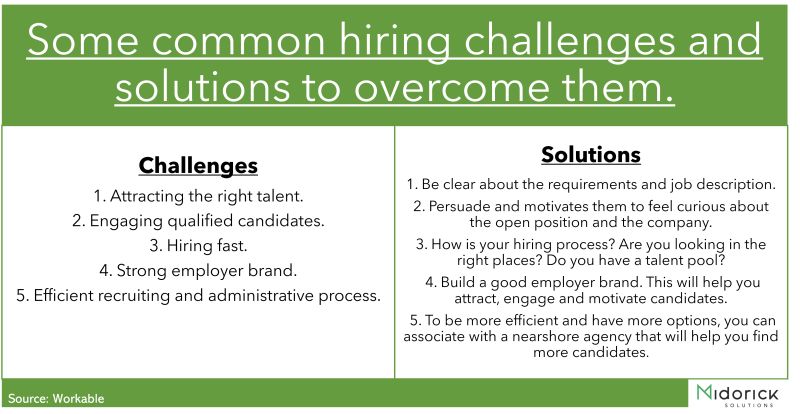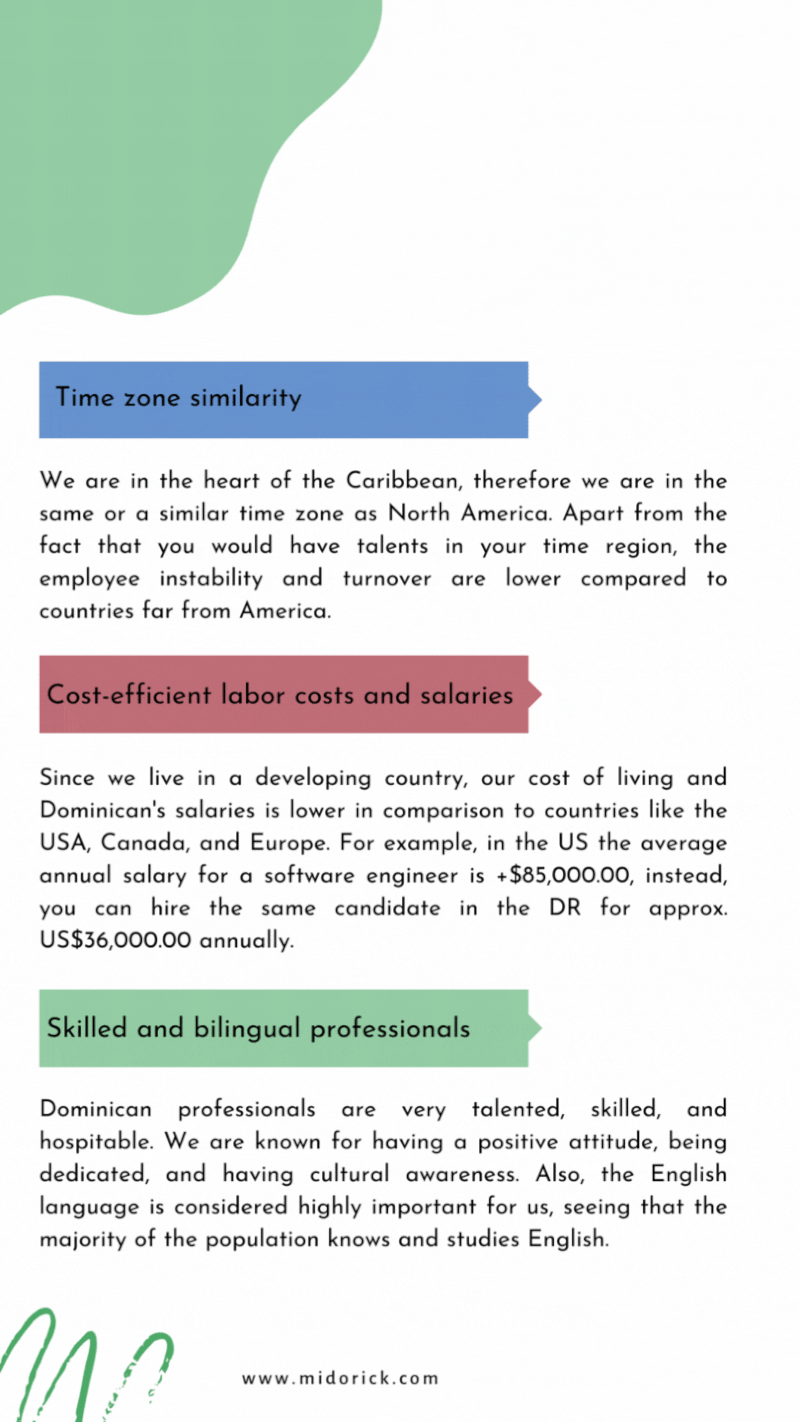Understanding the Risks: Potential Pitfalls of Using an Employer of Record (EOR) Explained
In today’s globalized labor market, companies increasingly utilize Employers of Record (EOR) to hire remote teams and expand into new regions. While an EOR can simplify payroll, tax withholding, and legal compliance for U.S. startups and scaling companies, it also introduces potential pitfalls. Misclassification of workers, unexpected fees, and data protection concerns can affect operational control and employee engagement. This guide is designed for executives, HR leaders, and legal professionals who need to understand and mitigate these risks when selecting an EOR partner. In an environment that values transparency, control, and cost-effectiveness, managing these risks is essential for long-term success.
Transitioning now into the detailed exploration of each risk area will help organizations weigh the complete picture of using an EOR.
Identifying Key Compliance and Legal Risks When Using an EOR for Your Business
When engaging an EOR, legal compliance is critical because missteps can result in severe fines or litigation. This section examines the legal risks companies might face when working with an EOR.
Misclassification Dangers for Your Workforce With an EOR
Misclassification occurs when workers are labeled as independent contractors or temporary employees instead of full-time staff. This can lead to noncompliance with labor regulations, audits, and penalties. Fines may exceed 20% of annual payroll if discovered, and companies risk unexpected tax liabilities, social security contributions, and lost benefits claims. Proper classification is essential to meet minimum wage, overtime, and unemployment benefits requirements while protecting employee rights to benefits such as healthcare and retirement plans. Failure to classify accurately can damage morale and retention.
Co-Employment Liabilities Your Business Might Face
Co-employment issues arise when both the client company and the EOR share responsibility for employment-related matters such as wrongful termination, safety violations, or discrimination. In many cases, regulatory agencies do not clearly assign fault, leading to joint financial settlements that can strain company balance sheets. To avoid these risks, businesses must clarify roles and ensure that the EOR assumes key employment responsibilities through robust internal policies and carefully negotiated contracts.
Navigating Local Labor Law Adherence With an EOR Provider
Local labor laws can vary significantly between regions, making adherence challenging. An EOR must accurately interpret and apply each jurisdiction’s legal frameworks when hiring employees. Any misinterpretation—whether related to tax withholding, mandatory benefits, or worker protection—may result in penalties. Companies should require detailed compliance reports from their EOR partners and consider continuous audits and legal consultations to ensure that all local labor laws are properly met.
Contractual Ambiguities and Their Potential Legal Repercussions
Ambiguities in EOR service contracts, such as vague clauses on deliverables, fees, or termination obligations, create a risk of disputes and costly litigation. Vague terms may lead to breach-of-contract claims and reputational damage. Therefore, it is vital to negotiate explicit, detailed contracts that outline responsibilities and dispute resolution processes. Having specialized legal counsel review these agreements helps ensure mutual understanding and protection for both parties.
Termination Process Complications Through an EOR
Terminating an EOR relationship or an individual’s employment under an EOR arrangement can be legally and procedurally complex. Differences in severance packages, notice periods, and local labor protections may lead to unexpected financial burdens or legal claims for wrongful termination. Companies should develop contingency plans and review the EOR’s termination processes carefully before signing agreements to avoid disputes and additional costs.
Evaluating the Financial Downsides of an Employer of Record Arrangement

Beyond compliance, it is crucial to assess the financial implications of engaging an EOR. Although EORs are promoted as cost-saving alternatives to setting up local subsidiaries, hidden fees and rising costs can diminish these savings.
Uncovering Unexpected Fees in EOR Service Agreements
Unexpected fees are a major financial risk in EOR arrangements. Besides the typical monthly management fees, additional charges for services such as background checks, document processing, and regulatory updates may be applied. These fees can accumulate and sometimes exceed budget estimates by 15–20%. Companies should request complete fee disclosures and avoid contracts with ambiguous pricing structures by using detailed financial models to forecast overall expenditure.
Assessing the True Cost Versus Perceived Savings With an EOR
While EORs can eliminate the need to establish local subsidiaries and mitigate legal risks, the actual fees may equal or exceed the cost of developing an in-house HR function. A careful cost-benefit analysis—including hidden fees and long-term impacts on employee engagement—is essential. Case studies have indicated that some organizations may see a 10–15% increase in total payroll costs if escalation clauses are triggered.
Limited Flexibility in Benefits Packages Affecting Your Budget
EOR providers often offer standardized benefits packages, meaning companies may lose the flexibility to tailor offerings and differentiate themselves from competitors. This rigidity can impact overall costs and employee satisfaction, particularly when market conditions require rapid changes to benefit structures. Weighing the value of predictable costs against the loss of customization is important for maintaining competitive employee offerings.
Potential for Price Increases During the EOR Contract Term
Many EOR contracts include annual escalation clauses or market-based adjustments that could raise costs over time. This potential for unexpected price increases can strain budgets, especially for startups and growing companies. Companies should negotiate fixed-rate agreements or caps on annual increases to maintain clearer control over long-term expenditure.
Scrutinizing Loss of Direct Control and Operational Challenges With EORs
Using an EOR can reduce a company’s direct control over daily workforce management. This section reviews the operational challenges associated with handing over key HR functions to a third party.
Reduced Direct Management Over Your Global Teams
When using an EOR, companies relinquish some direct oversight of employee performance and culture. This reduction in direct management may lead to gaps in leadership engagement and a decline in team cohesion. Studies have shown that lack of oversight can result in up to a 25% reduction in employee satisfaction, which in turn may lower productivity. Establishing robust reporting mechanisms and frequent communication with the EOR is critical to sustaining effective management.
EOR Processes Impacting Your Business Responsiveness
EOR processes, with their multiple administrative layers, can slow decision-making and responsiveness. For instance, delays in onboarding new employees or updating HR policies due to extended processing times may hinder project launches and reduce competitive agility. Companies should set up efficient communication protocols with their EOR to minimize delays during staffing changes or policy adjustments.
Difficulties Aligning EOR Practices With Your Company Procedures
Because an EOR operates as an external provider, its procedures may not always align with the client’s established internal processes. This misalignment can lead to inconsistencies in management style and operational standards, causing friction among global teams and disrupting employee experiences. Regular audits and alignment workshops can help bridge these differences and ensure that both parties maintain consistent operational objectives.
Onboarding and Offboarding Delays Caused by Third-Party Reliance
Relying on a third-party provider for onboarding and offboarding can introduce delays compared to direct hiring processes. Lengthy documentation procedures and compliance checks may defer project timelines and negatively impact the overall employee experience. Maintaining a clear schedule and establishing direct communication channels with the EOR can help synchronize internal and external talent management processes.
Analyzing Potential Negative Effects on Employee Engagement and Company Culture

Employee engagement and company culture are key to long-term success, yet outsourcing HR functions to an EOR can sometimes undermine these intangible assets.
Disconnected Employee Experience Due to EOR Intermediation
When an EOR manages day-to-day HR operations separately from the core business, employees may feel isolated from the company’s mission and leadership. Reduced engagement can lead to a measurable drop in productivity. Regular in-house interactions—such as virtual town halls and onsite visits—are necessary to reinforce connections and ensure that employees feel integrated and valued.
Challenges in Maintaining a Cohesive Company Culture Across Borders
Managing a cohesive culture becomes more challenging when teams spread across different regions are handled by an EOR. Variations in cultural practices, work ethics, and communication styles can dilute a unified company identity. Centralized cultural initiatives, cross-border team-building events, and standardized onboarding presentations can help in maintaining a unified organizational culture despite physical and administrative distances.
Communication Gaps Between Your Business and EOR-Managed Staff
Indirect communication through an EOR may result in gaps between company leadership and employees. Such gaps can lead to unclear performance expectations, delayed feedback, and confusion over corporate strategies. Structured communication channels—such as designated HR liaisons or regular performance reviews—can ensure that both the company and the EOR stay aligned.
Impact on Employee Loyalty and Sense of Belonging
A third-party administrative model can sometimes cause employees to view their roles as transient, reducing their sense of loyalty and belonging. This perception may lead to higher turnover and stunted career growth within the organization. Targeted engagement strategies, personalized recognition programs, and clear communication of the company’s vision are crucial to reinforcing employee commitment and loyalty.
Addressing Data Protection and Confidentiality Concerns With EOR Partnerships
Data protection is a critical aspect of any global workforce strategy, especially when sensitive employee data is handled by an external partner.
Risks to Sensitive Employee Data Handled by an EOR
There is an inherent risk that sensitive information—such as payroll records, personal identification, and performance metrics—may be compromised if not handled correctly. Data breaches can lead to serious legal and reputational consequences under regulations like the GDPR. Robust data encryption, strict access controls, and regular security audits by the EOR are essential measures to protect this data.
Ensuring EOR Compliance With Global Data Privacy Regulations
To ensure that employee data is protected, EOR partners must maintain certifications such as GDPR and CCPA and adhere to regional data protection laws. Companies should request documented evidence of compliance and perform regular reviews of any regulatory changes. Transparency and periodic audits are necessary to guarantee that data is handled securely.
Potential for Data Breaches Through Third-Party Systems
Cyber-attacks or unauthorized access can occur if an EOR’s cybersecurity measures are inadequate or outdated. Research indicates that breaches through third-party systems have increased significantly in recent years. It is important to include stringent security clauses in contracts and mandate real-time monitoring and rapid response protocols to minimize these risks.
Lack of Transparency in EOR Data Security Protocols
When an EOR provides insufficient detail on its data security measures, it creates uncertainty about the safety of sensitive information. Companies should insist on clear reporting and regular updates on security practices and incident responses to ensure transparency and build trust.
Weighing Strategic Limitations and Dependency Risks for Your Business

Reliance on an EOR can impose strategic limitations and dependency risks that might hinder a company’s ability to adapt and grow organically.
Over-Reliance on a Single EOR Provider for Critical HR Functions
Relying exclusively on one EOR provider increases vulnerability if that provider fails to perform consistently. Any operational failure—whether due to technological issues or management errors—can have widespread consequences. Diversifying HR strategies by maintaining some in-house capabilities or keeping backup providers is advisable to preserve operational flexibility.
Difficulties Scaling or Changing Strategy With EOR Constraints
As companies grow or shift market focus, rigid contractual terms or inflexible operational practices from an EOR can impede rapid expansion or strategic changes. An EOR that cannot accommodate sudden hiring surges or restructuring may force additional costs and delay initiatives. It is essential to evaluate the scalability and adaptability of an EOR before committing long-term.
Exit Barriers and Challenges When Transitioning Away From an EOR
Exiting an EOR relationship can be complex and costly, often involving exit fees, data migration challenges, and potential disputes over unresolved obligations. Historical cases indicate that transition costs can approach 25% of an annual HR budget. Negotiating clear exit strategies and defined conditions in the contract is crucial to ensure a smooth transition if the need arises.
Potential Reputational Damage From a Subpar EOR Partner
Working with an EOR that fails to meet high standards can negatively affect the company’s brand. Poor data security, weak compliance measures, or substandard employee management by the EOR may reduce customer trust and employee retention. Comprehensive due diligence and client testimonials are critical in selecting a partner that upholds reputation and service quality.
How EOR Limitations Can Affect Long-Term Business Growth Plans
Short-term cost savings from an EOR may come at the expense of long-term strategic flexibility. Standardized benefit packages and limited direct communication can stifle innovation in HR management. Companies must balance immediate financial benefits against potential long-term constraints on growth and internal development.
Frequently Asked Questions
Q: How does misclassification of workers occur with an EOR? A: Misclassification occurs when employees are inaccurately labeled as independent contractors or temporary workers. This can lead to noncompliance with labor laws, resulting in fines, tax liabilities, and penalties if benefits like overtime and unemployment are not properly assigned.
Q: What measures help prevent data breaches when using an EOR? A: Companies should ensure the EOR uses robust encryption, conducts regular security audits, and employs multi-factor authentication. Including strict data protection clauses in the contract and performing periodic compliance reviews enhance security.
Q: Can an EOR negatively impact company culture and employee engagement? A: Yes, indirect management via an EOR can cause employees to feel disconnected from the company’s mission. Regular in-house communications, virtual headquarters meetings, and targeted team-building initiatives can minimize this risk.
Q: What financial risks are associated with EOR service agreements? A: Financial risks include unexpected fees, rigid pricing with escalation clauses, and hidden costs related to compliance updates or background checks. A thorough cost-benefit analysis is needed to determine if the anticipated savings are realized.
Q: How can businesses mitigate exit challenges when moving away from an EOR? A: Clear exit terms, data migration planning, and backup HR strategies can ease the transition. Regular performance reviews and maintaining some internal HR functions can also reduce exit-related challenges.
Q: In what ways might an EOR limit strategic business growth? A: An EOR may impose contractual rigidity, restrict benefit customization, and delay decision-making, hindering rapid scaling, market adaptation, or internal innovation.
Q: Why is co-employment liability a concern with EOR arrangements? A: Co-employment liability is problematic because both the company and the EOR share responsibility for employment issues. This shared risk can lead to dual financial exposure, legal disputes, or regulatory penalties if employment practices are mishandled.
Final Thoughts
The potential pitfalls of using an Employer of Record (EOR) span legal, financial, operational, and cultural dimensions. Companies must take a holistic approach by understanding compliance risks, hidden fees, and the loss of direct management. Clear contractual terms, robust data protection measures, and proactive in-house HR engagement are key to mitigating these risks. By thoroughly evaluating these factors, organizations can benefit from the flexibility of an EOR while preserving control, protecting their brand, and fostering a strong, cohesive company culture.
| Risk Area | Key Challenge | Potential Impact | Mitigation Strategy |
|---|---|---|---|
| Misclassification | Incorrect worker classification | Fines, tax liabilities | Detailed audits, clear HR policies |
| Co-Employment Liability | Shared responsibilities in employment | Joint legal liabilities | Clear contractual delineation |
| Unexpected Fees | Hidden charges and escalation clauses | Budget overruns | Full fee disclosure and fixed-rate negotiation |
| Operational Control | Reduced direct oversight | Lower productivity, engagement | Integrated communication channels |
| Data Protection | Breaches and lack of transparency | Regulatory penalties, loss of trust | Robust encryption and periodic security audits |
| Dependency and Exit Barriers | Single-provider dependency | Inflexibility, transition costs | Diversification and clear exit protocols |
Before engaging an EOR partner, companies should use detailed risk assessment tools and cost-benefit analyses. Maintaining direct engagement with employees and performing thorough due diligence will help mitigate inherent risks while maximizing the strategic benefits of global workforce expansion.







